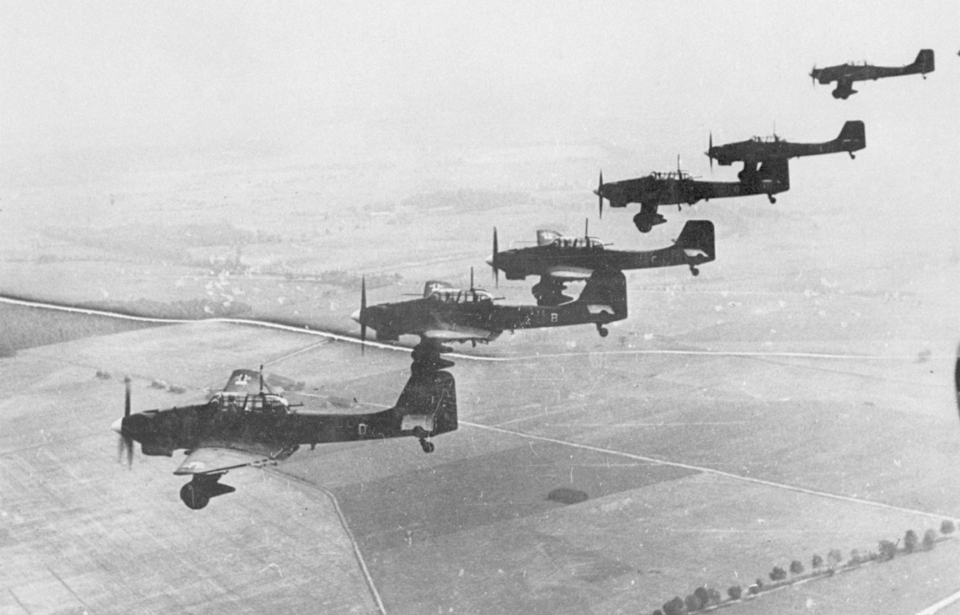The Germans during the Second World War hoped to take over the world, and they didn’t just plan to do so by using military force. They also aimed to accomplish their goal by striking terror into their opponents. A prime example of this is the Junkers Ju 87B dive bomber and its wailing death siren.
Construction of the Junkers Ju 87
The development of the Junkers Ju 87 began in the early 1930s under the watch of aerospace engineer Hermann Pohlmann, who hoped to simplify the aircraft. One of the most important elements of its design was the replacement of a retractable undercarriage with a fixed, spatted one. This helped make the plane more streamlined.
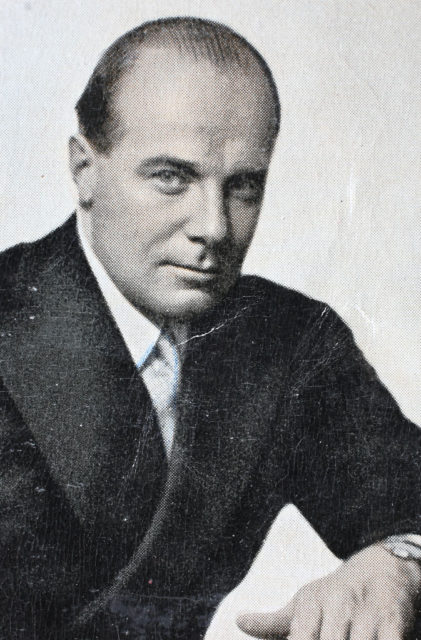
Ernst Udet, an air ace from World War I and general in the German Luftwaffe, was a big proponent of the Ju 87 and regularly pushed the practice of dive-bombing. He participated in test flights of the aircraft, and by 1936 it was ready to see action.
Involvement in the Spanish Civil War
The Junkers Ju 87, nicknamed the Stuka (short for Sturzkampfflugzeug), first saw action during the Spanish Civil War. The Germans wanted to aid the Nationalists by supplying them with Ju 87s, but desired to do so in secret, as they hoped to keep the development of their newest aircraft under wraps.
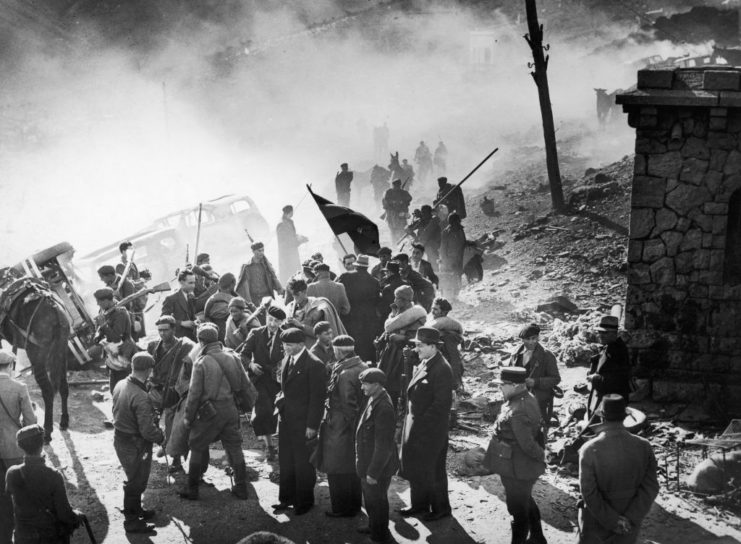
The involvement of Germany in the war was beneficial to those working on the Ju 87. While carrying out missions, they realized the initial bomb load was too high and the number was subsequently decreased. The spats from the undercarriage would also sink into muddy airfield surfaces and, as a result, were temporarily removed.
Most important for the Germans, however, was that the conflict acted as a sort of dress rehearsal for World War II. The air and ground crews were able to get real-world experience during the fighting. After the war, the Ju 87s were returned to Germany.
The Junkers Ju 87B’s featured Jericho Trumpets
Like any aircraft, the Junkers Ju 87 was constantly being updated, and the best-remembered model is the “B” variant. This was the first mass-produced version of the aircraft. It featured a much larger engine and was able to fly at a higher speed.
After a number of successful tests, the Ju 87B went into mass production, with Germany producing 60 each month. To put this into perspective, at the onset of WWII the Luftwaffe had 336 Ju 87B-1s in its fleet.
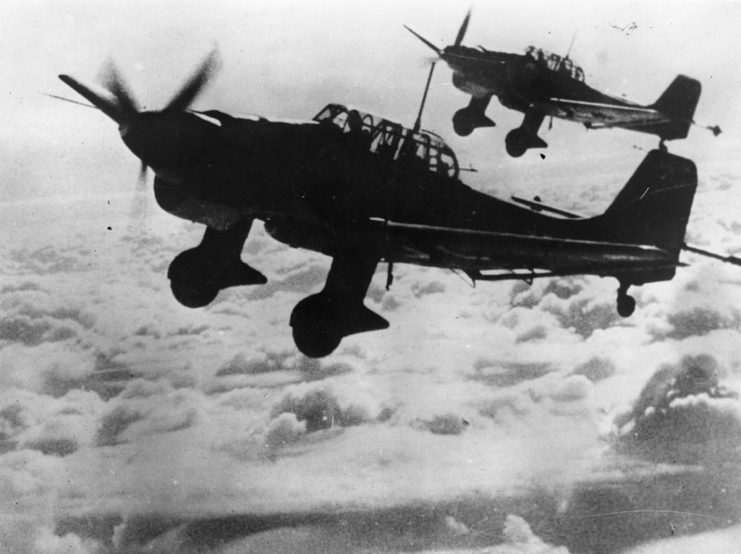
In addition to the larger engine, the 87B was given another feature: propeller-driven sirens the Germans referred to as “Jericho Trumpets.” They were attached to one of two different areas, either the front edge of the fixed main gear fairing or the wing’s leading edge, forward of the landing gear.
While they didn’t serve a combat purpose, they were use to conduct psychological warfare. The idea was that soldiers on the ground would hear the sirens go off and know that death was imminent. How the Jericho Trumpet worked was that when the Ju 87 went into a dive, a rush of air would move through the siren, producing a high-pitched wail.
While initially attributed to General Udet, other sources suggest the idea came from the German Führer. Regardless of their origin, the sirens had the desired effect. French General Edouard Ruby is reported as saying that artillerymen would stop firing and dive to the ground, and that infantrymen “cowered in the trenches, dazed by the crash of bombs and the shriek of the dive bombers.”
While effective as psychological weapons, the Jericho Trumpets reduced the speed of the Ju 87Bs by between 10-20 MPH and, as such, weren’t installed on later units. Instead, some of the bombs dropped from the aircraft were equipped with whistles that produced a similar sound.
Issues during World War II and the Junkers Ju 87’s legacy
WWII started out well for the Junkers Ju 87, as it achieved the first aerial kill of the conflict over Poland in 1939. Air battles were uncommon for the aircraft, however, as pilots were tasked with bombing Allied ships. They played important roles during the battles of France and Dunkirk, among other high-profile engagements.
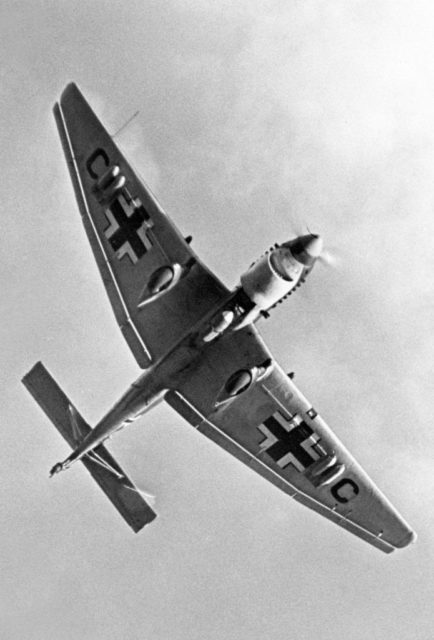
The tide began to turn against the Ju 87 during the Battle of Britain. The skirmish proved the aircraft could be taken out by well-organized opposition. They again had trouble during the Battle of Kursk, where the Allies managed to achieve air superiority. This advantage continued for the Allies until the end of the war.
More from us: Here’s Why the Russian Sukhoi Su-27 Has Withstood the Test of Time
After doing a study on the effectiveness of the Ju 87, Germany decided to severely cut production of the aircraft. They were eventually determined to be obsolete and replaced by the Focke-Wulf Fw 190.
